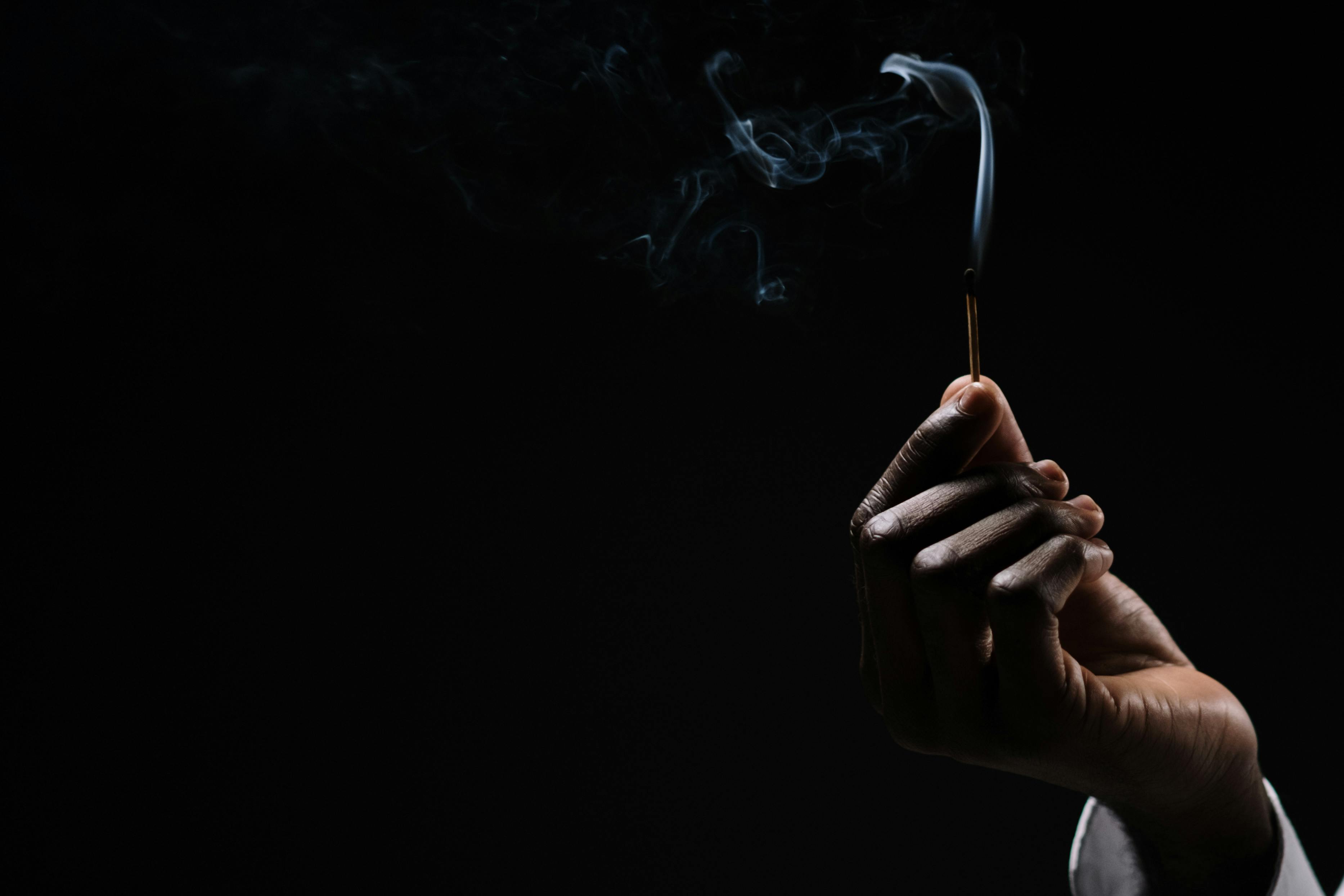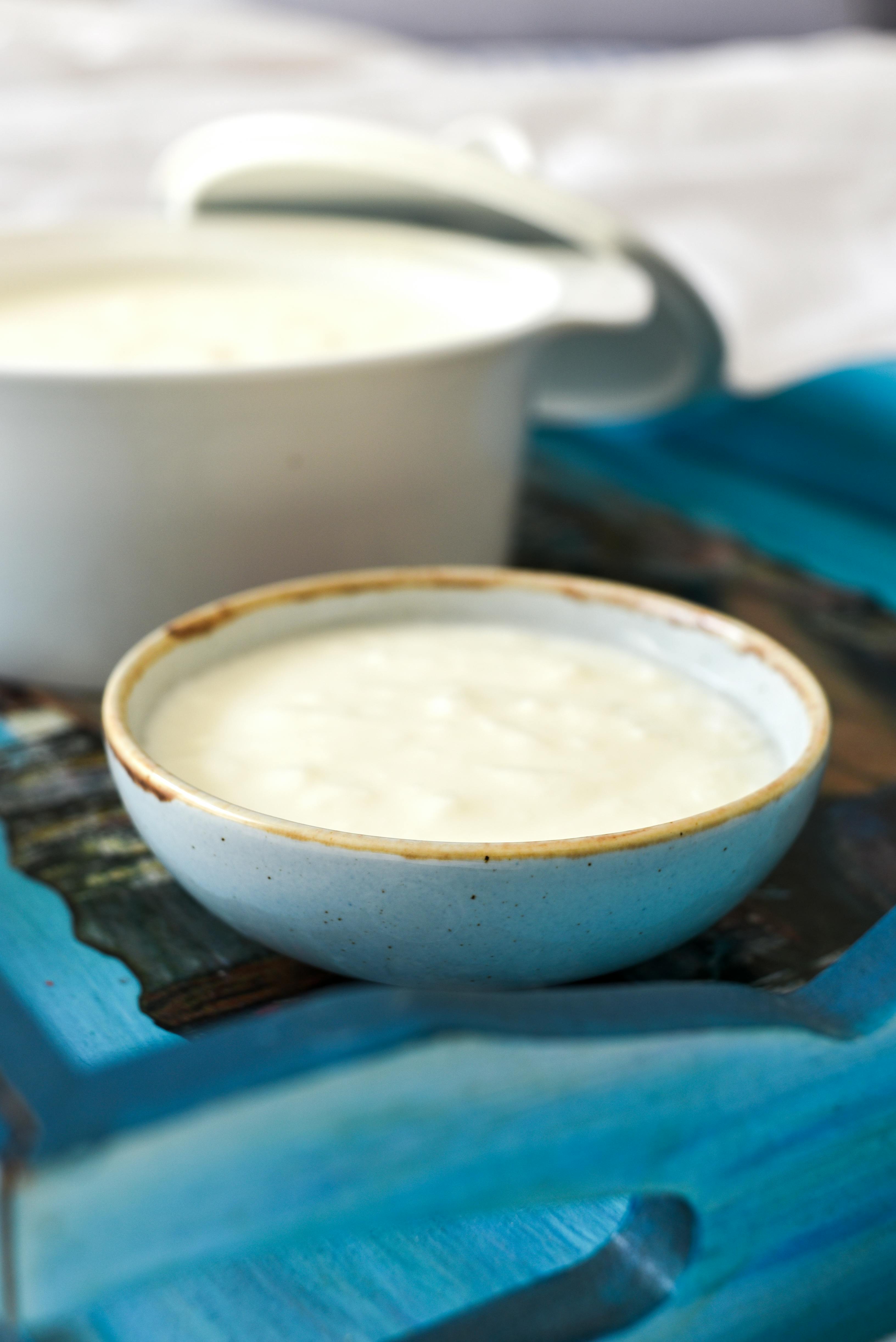Essential Guide to Identify Black Mold in 2025: Smart Solutions

Apply Now


Essential Guide to Identify Black Mold in 2025: Smart Solutions
Black mold, scientifically known as Stachybotrys chartarum, is often a troubling discovery in households. As awareness grows about the health risks associated with mold exposure, more people seek to understand how to identify black mold and mitigate its effects effectively. This essential guide will provide insights into recognizing the signs of black mold and offer practical solutions for detection and removal, especially in 2025, considering advancements in mold detection methods. The importance of addressing black mold cannot be overstated. It’s not just about maintaining your home; it’s about protecting your family's health. Symptoms of mold exposure, including respiratory issues, allergic reactions, and even long-term health effects, can result from inhaling mold spores. By understanding its characteristics and where to look for black mold, you can take proactive measures to ensure a safe environment. Throughout this article, you will learn about various mold detection methods, how to educate yourself on identifying mold types effectively, and when to seek professional intervention. We'll also delve into effective prevention strategies to deter mold growth, which is crucial for maintaining indoor air quality and overall health. With a roadmap laid out, let's explore the world of black mold identification and management.Recognizing Signs of Black Mold in Your Home
Building on the understanding of mold and its significance, it's paramount to recognize the signs of black mold. One of the most prominent indicators is its color. Black mold often appears dark green to black, and it thrives in damp conditions, frequently found in areas like basements, bathrooms, and around windows. Visual indicators like a fuzzy or slimy texture can help pinpoint the presence of black mold on various surfaces. For instance, its growth on ceilings or walls can often lead to serious indoor mold problems if left unchecked. Moreover, if you notice a musty odor persisting in your home, this could signify mold growth behind walls or underneath carpets. It's essential to inspect areas prone to moisture. Be sure to check for any leaks, as water seepage creates optimal mold growth conditions. Regular household activities, such as cooking or showering, can also introduce excess humidity, further exacerbating mold issues. This naturally leads us to the next critical section: understanding the health effects of black mold.Health Effects of Black Mold Exposure
The impact of black mold on health can be severe, making it crucial to recognize its presence early. Black mold exposure is linked to respiratory issues, skin irritations, and exacerbated allergic reactions. Symptoms of mold exposure can be particularly hazardous for children, individuals with asthma, and those with weakened immune systems. Inhaling mold spores can lead to long-term health effects if prompt action isn't taken. It's important to be aware of the subtle signs indicating mold's presence, such as constant coughing, sneezing, or a nagging headache. Long-term exposure to mold can result in more serious conditions, including chronic respiratory infections and even neurological effects in severe cases. The risk factors associated with black mold necessitate proactive measures. Utilizing air purifiers for mold reduction can significantly improve indoor air quality. Additionally, controlling humidity levels with dehumidifiers not only helps prevent mold growth but also protects overall health. This brings us to the subsequent topic of identifying various mold types and distinguishing black mold from other household molds.Identifying Mold Types: Black Mold vs Green Mold
Understanding the differences between types of mold is critical in effective identification and management. Black mold is often confused with green mold, which has different health implications. While black mold is primarily toxic and linked to serious health risks, green mold (like certain Types of Aspergillus) can still provoke allergic reactions and is less harmful than its counterpart. When identifying mold in homes, characteristics such as color, texture, and location can provide valuable information. For example, black mold typically presents as a dark patch that can feel slimy or fuzzy. In contrast, green mold on wood or other surfaces may vary in shade but doesn't usually exhibit the same toxic properties as black mold. Recognizing these differences assists in targeted mold removal and prevention efforts. Homeowners seeking solutions may find it beneficial to consult professional mold remediation services, particularly if significant contamination is present. As we delve deeper, let's explore practical steps for mold testing and how homeowners can address mold effectively.Effective Mold Testing and Detection Methods
With the fundamental knowledge of identifying mold types established, one must consider effective mold detection methods. Home mold inspections are crucial in understanding the extent of contamination. Various mold testing kits are available that allow homeowners to collect samples for lab analysis, helping determine mold species and contamination levels. DIY mold inspection can often suffice in identifying surface mold. Here, signs of dampness, musty odors, and visual inspections increase the likelihood of spotting problem areas. However, for hidden mold growth behind walls or under floorboards, professional mold inspection services might be necessary to accurately diagnose and assess the extent of the problem. Utilizing a moisture meter for mold identification can also prove invaluable. This tool allows you to measure moisture levels in building materials, identifying areas at risk of mold growth. By taking these proactive steps, you can intervene early and effectively prevent further mold proliferation. With an emphasis on detection established, let's discuss black mold removal methods and how to ensure a safe cleaning process.Black Mold Removal Techniques and Safety Tips
When it comes to black mold removal, safety must be the top priority. Protective gear such as respiratory masks, gloves, and goggles should always be used when cleaning mold-infested areas. Understanding when to call a mold expert is crucial; if mold covers a large area or poses health risks, professional mold remediation may be necessary. For smaller areas, cleaning mold off walls can often be done using mold-cleaning solutions or a mixture of water and mild detergent. However, it's essential to avoid using bleach unless on non-porous surfaces, as it can spread mold spores without fully eliminating them. Black mold cleaning tips include ensuring proper ventilation during the cleaning process and removing contaminated materials safely. After cleaning, ensure to treat the area with a protective solution to inhibit future growth and assess the moisture levels regularly to prevent reoccurrence. Strategies for managing mold risk are essential in maintaining a safe and healthy household. Employing preventive actions such as humidity control and regular inspections can significantly alleviate mold-related issues in the long run. As we transition, let's look into effective methods for preventing black mold growth.Preventing Black Mold Growth: Essential Strategies
Implementing proactive measures to prevent black mold is key in maintaining a healthy home environment. Understanding the impact of humidity control is vital, as decreased moisture in the air reduces the likelihood of black mold growth. Homeowners should aim to keep indoor humidity levels between 30-50%, utilizing dehumidifiers where necessary. Identifying moisture sources within the home is another critical step. Ensure proper ventilation in areas like bathrooms and kitchens to allow air circulation and prevent dampness. Additionally, checking for leaks and promptly addressing water damage is essential in avoiding mold problems around windows, roofs, and plumbing. Recognizing signs of dampness or water intrusion can help catch mold development early. By performing routine maintenance checks and employing environmental control of mold practices, homeowners can effectively mitigate mold risks. Turning to the end of this article, we will cover a Q&A section where we answer common questions regarding mold and its management, providing practical solutions for readers.Q&A Section: Addressing Common Mold Concerns
What are the primary symptoms of black mold exposure? The primary symptoms include respiratory issues, such as coughing and sneezing, skin irritation, and allergic reactions, which may worsen for sensitive individuals. How can I test for mold in my home? You can use mold testing kits available in stores to collect samples of suspected areas. For a more thorough inspection, consider hiring a professional. What products are effective for black mold removal at home? The best mold removal products incorporate natural ingredients or commercial mold cleaners specifically designed to eliminate mold without spreading spores. Can I use bleach to clean black mold? Bleach can be effective on non-porous surfaces but may not be comprehensive for porous materials. It's recommended to use specialized mold removal solutions for best results. How can I prevent mold growth in my home? To prevent mold growth, control indoor humidity levels, ensure proper ventilation, fix leaks promptly, and routinely inspect for signs of dampness and mold. Through this essential guide, readers should now be equipped with the knowledge and strategies to identify black mold effectively, manage exposure risks, and implement preventive measures to maintain a safe home environment.
